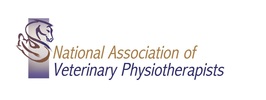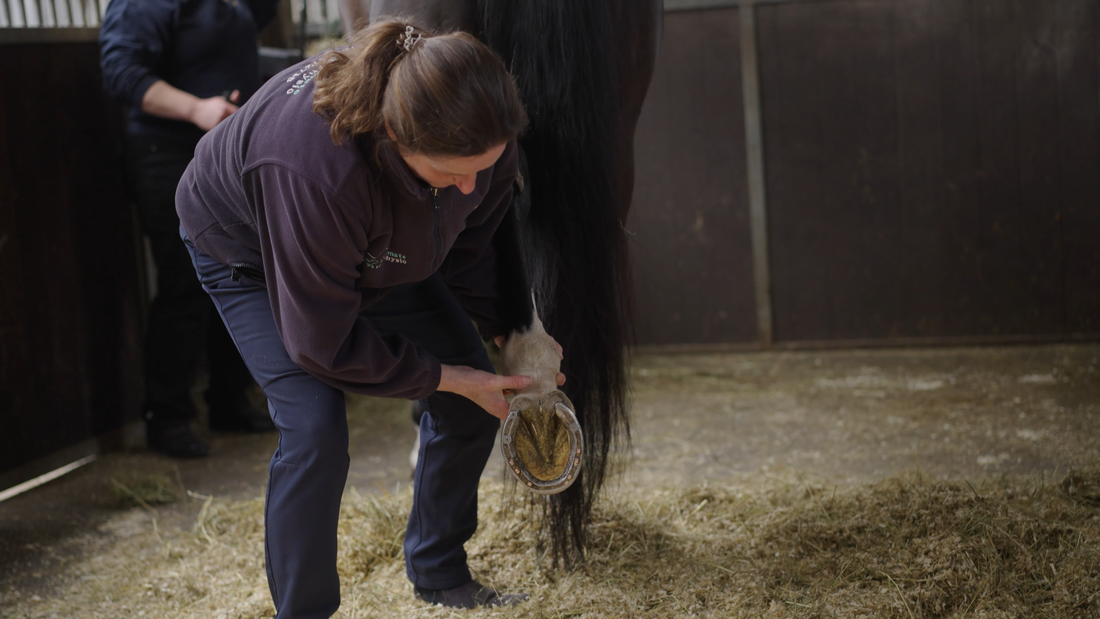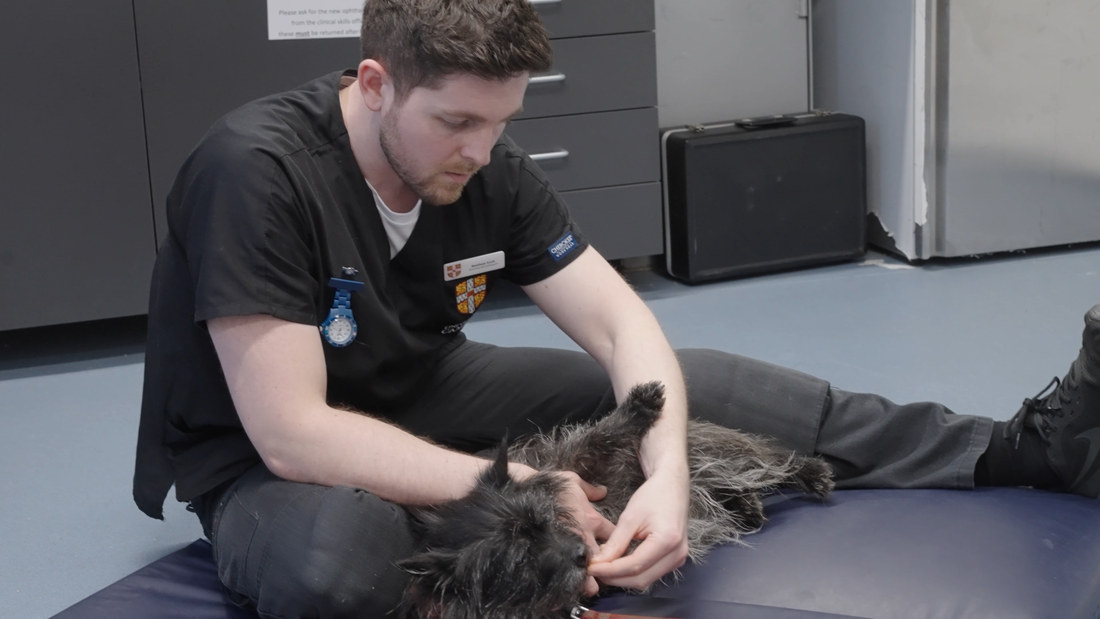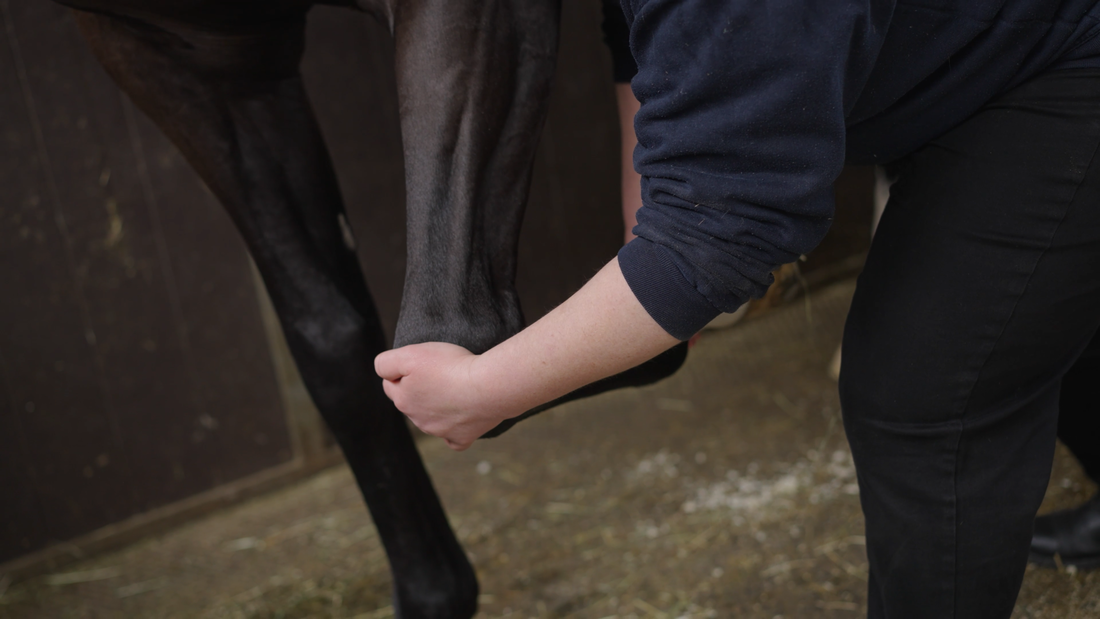|
For animal owners
Why Choose an NAVP Veterinary Physiotherapist to Care for your Pet? There are many different associations for Veterinary Physiotherapy, so understanding which is the right association for you and your pet can be baffling. How can you be sure that the members have the correct qualifications, are passionate about the welfare of animals and are properly regulated? At NAVP, we pride ourselves on the quality of our membership and our shared aim of raising professional standards in Veterinary Physiotherapy and animal welfare. Passionate About Animal Welfare Our members are driven by a passion for working with animals. For many, the love of the household pet and spending time around animals in their formative years, has led to a lifelong ambition to care for animals in a professional setting. The vast majority have worked directly in Veterinary Physiotherapy from the outset, rather than transferring from working on humans initially. This means that the skills they have acquired allow them to make clinical decisions based on a wealth of knowledge, including anatomy, biomechanics and established Veterinary Physiotherapy techniques that have been developed specifically for animals. NAVP Veterinary Physiotherapists have honed their assessment skills, as unlike human therapy, we cannot ask the patient where the problem is. Whatever care your companion needs, whether post-surgery, geriatric, competition or general maintenance care, NAVP Veterinary Physiotherapists will tailor the care package for each animal and where necessary will work alongside your vet as a member of the team. Your NAVP therapist will be as invested in the welfare of your animal as you are! Highest Quality of Care for Your Pet NAVP members provide the highest quality of care thanks to their rigorous training, enabling them to deliver evidence-based techniques. The techniques delivered, equipment used and the clinical reasoning behind them is second to none. NAVP members must meet our strict criteria to qualify for NAVP membership. All our members must have a minimum of an undergraduate (BSc) Honours degree in Veterinary Physiotherapy, to ensure they are academically robust. Additionally, members must engage in Continuous Professional Development (CPD), always improving their knowledge and skillsets. It is imperative that our members continue to commit to their profession by never-ending self-development, so they can always deliver first-class care to their patients. Regulating New Members It is important that NAVP members deliver the highest standard of care from the outset. To ensure this, we have introduced category one and two memberships, which is incredibly effective in regulating our own members. This regulation means that, whether your Veterinary Physiotherapist is newly qualified or vastly experienced, they will be practicing to the standards that we expect and have been trained to deliver. A newly qualified member can join NAVP at Category Two status and then wait a year before they can apply to advance to Category One. To achieve this, they must produce a letter of recommendation from a vet they work with and two case studies for the Association to assess. This must include case histories, assessment details, physiotherapy care plans and a reflection on the outcome of the cases. Our process ensures new NAVP Veterinary Physiotherapists - some of whom may be working independently - have their skill levels reinforced as much as someone who is working alongside experienced Veterinary Physiotherapists and/or Veterinarians in a clinic set-up. In addition, we offer an ongoing professional support network where members can confidentially discuss their assessment process and clinical reasoning, ensuring that standards are optimised across our membership. Regulation and Discipline NAVP members have the equivalent level of qualification as an ACPAT (Association of Chartered Physiotherapists in Animal Therapy) member, or indeed anybody in an equivalent human healthcare setting. No Charter exists for Veterinary Physiotherapy, so NAVP maintains a strict level of membership requirements to ensure animal welfare and professionalism in Veterinary Physiotherapy. The Veterinary Physiotherapy title is not protected by law at present. This makes NAVP membership status even more important to ensure standards are being met. You can have peace of mind that NAVP members have met the minimum requirements in recognised qualifications, comprehensive relevant insurance cover, CPD hours and are bound by our Code of Conduct. Like all the animal therapy associations we encourage our members to choose to be voluntarily regulated with one of the registers – RAMP (Register of Animal Musculoskeletal Practitioners) or AHPR (Animal Health Professions Register). This level of regulation allied to robust educational requirements and the commitment to CPD, means our members are in the best place possible to serve vets and owners. #ChooseNAVP
|
AuthorNAVP Archives
June 2024
Categories
All
|
The Association |
Services |
|




 RSS Feed
RSS Feed